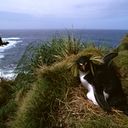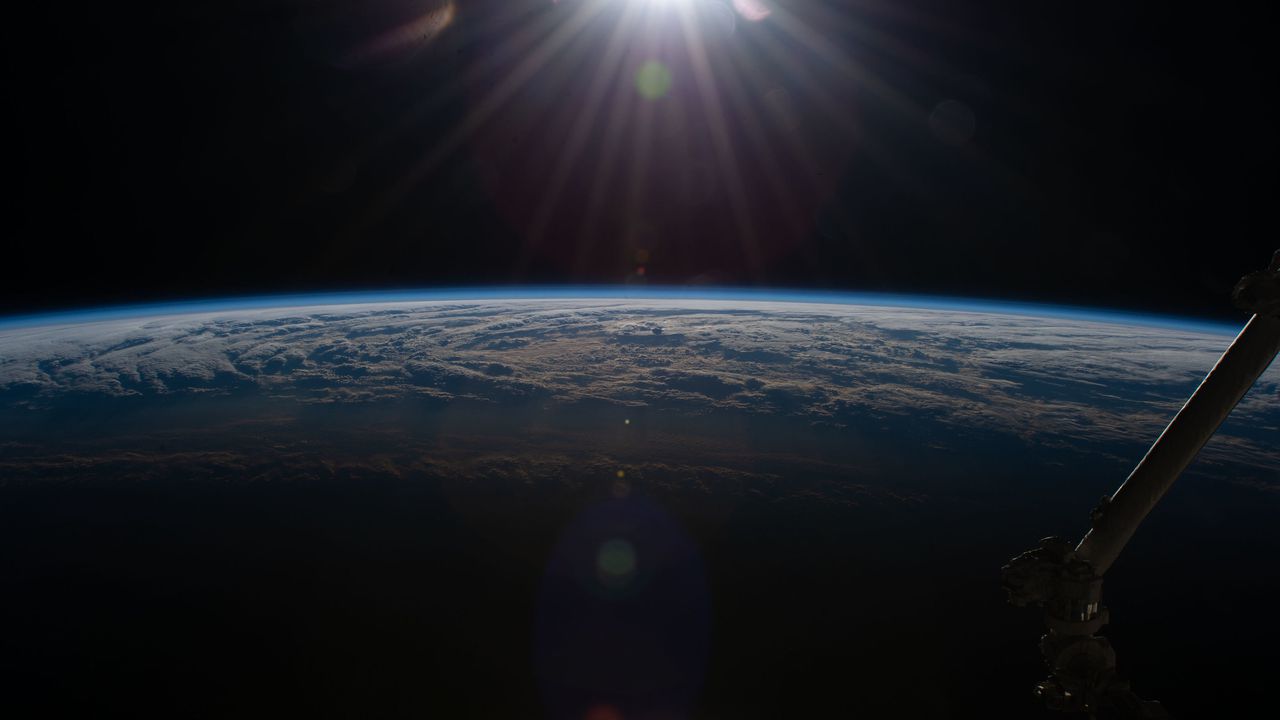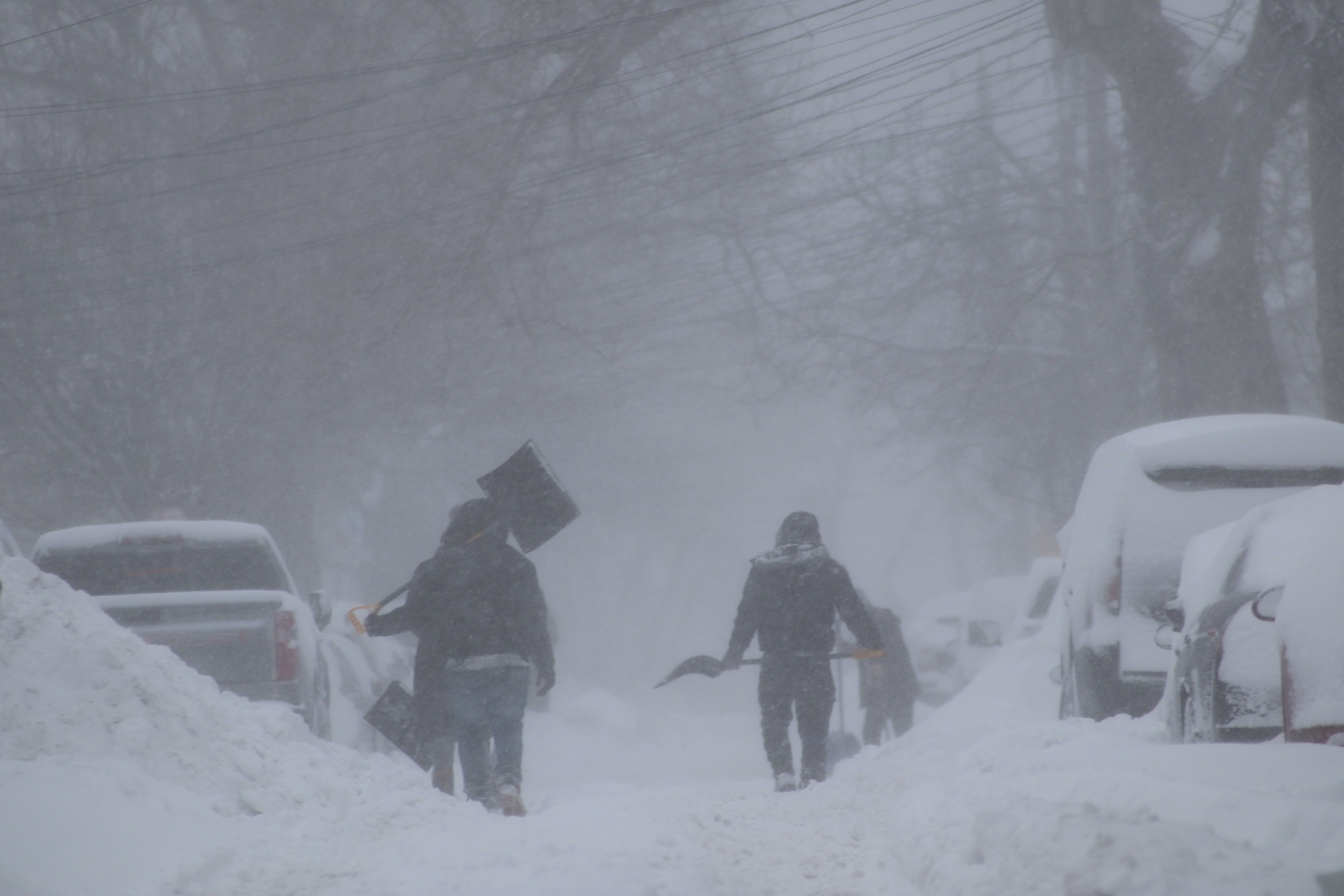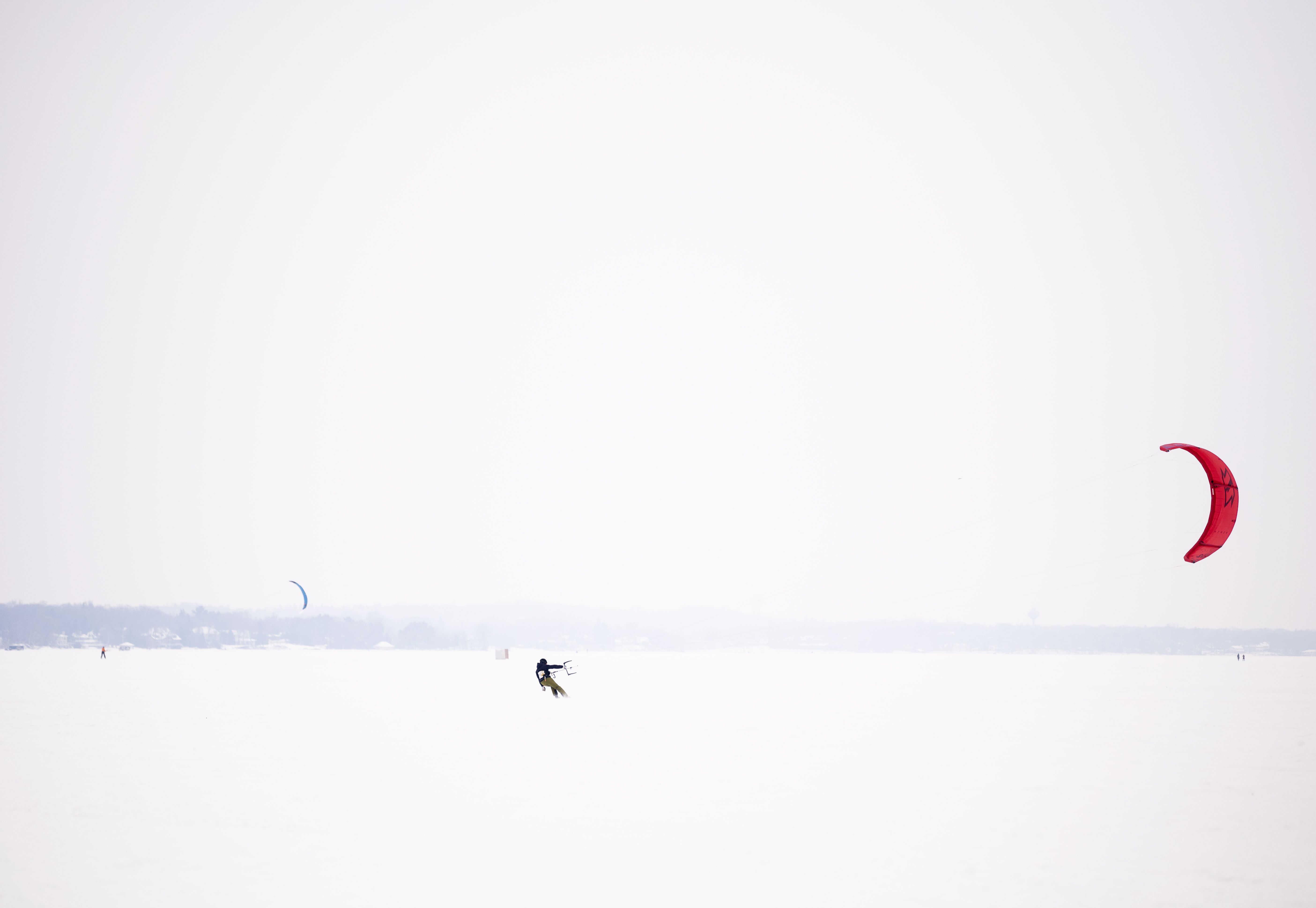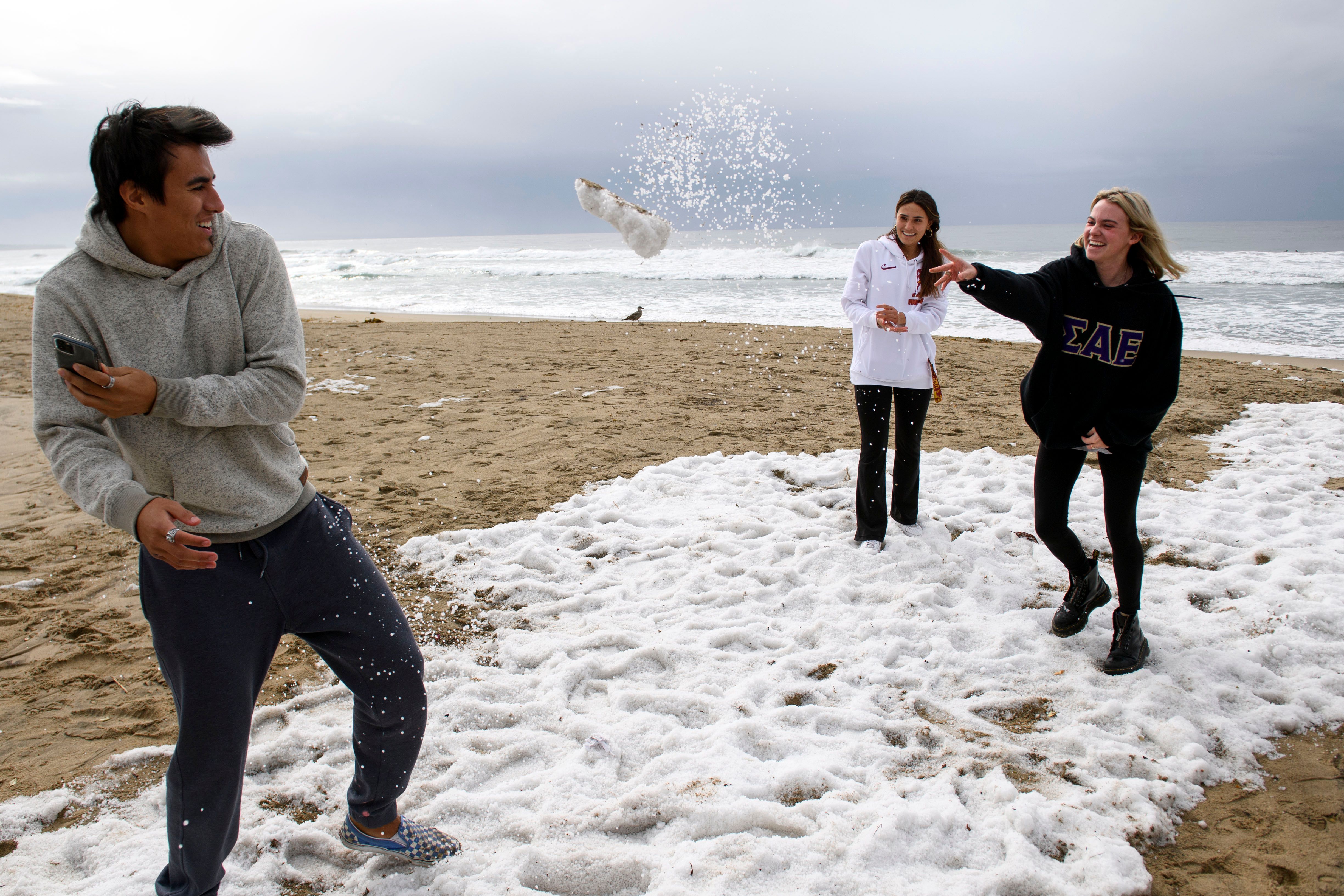The waters around the remote inhabited island of Tristan da Cunha in the South Atlantic are set to become the world's fourth-largest marine sanctuary.
The big picture: Currently less than 3% of the world's ocean area is fully protected from human activity, compared to 13% of the world's much smaller land mass. With the oceans coming under increasing pressure from fishing, pollution and climate change, expanding true marine sanctuaries is more important than ever.
By the numbers: The four-island archipelago of Tristan da Cunha is a British territory that is more than 2,000 miles east of South America and a week-long boat trip from South Africa.
- The new marine sanctuary, which was announced on Friday, will encompass 265,437 square miles, making it almost three times larger than the entire United Kingdom.
How it works: 90% of the waters around the island chain will become a full "no-take" sanctuary, meaning that fishing, mining, and any other kind of extractive activity will be banned.
- The sanctuary will be part of the U.K. government's larger Blue Belt Programme, which already protects some 2.7 million square miles of marine ecosystems around British territory across the globe.
What they're saying: "This is a place that has a unique ecosystem that is found nowhere else," marine conservationist Enric Sala told National Geographic magazine.
The bottom line: It wasn't that long ago that even environmentalists thought the oceans were far too vast to be affected by human activity, but we now know that's not the case. If we want the oceans and all they support to thrive in the future, we need to protect them in the present.
Editor's note: A reference to a PNAS paper on how expanding marine protected areas might improve future fishing catches was deleted, after the paper was retracted.
